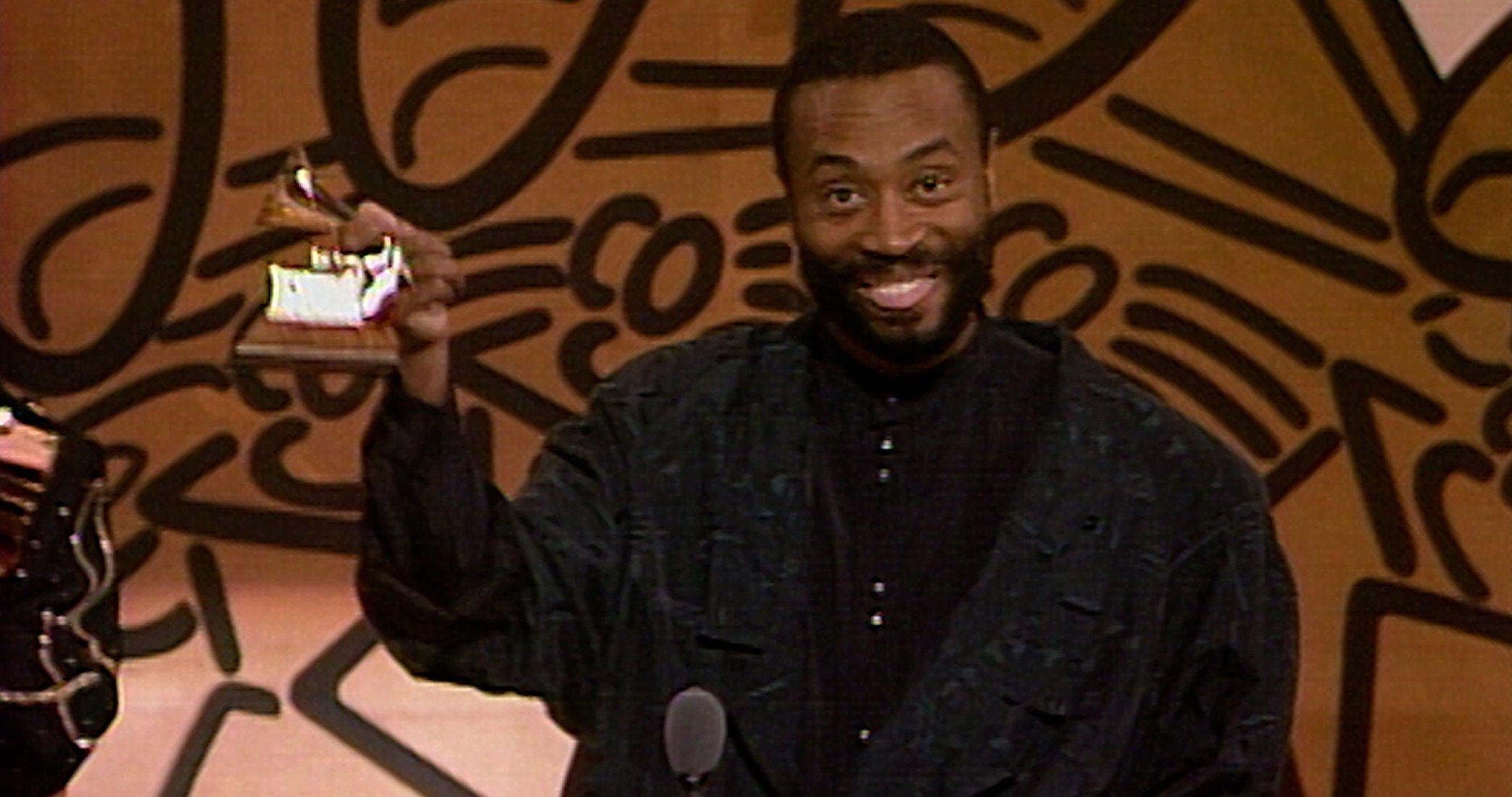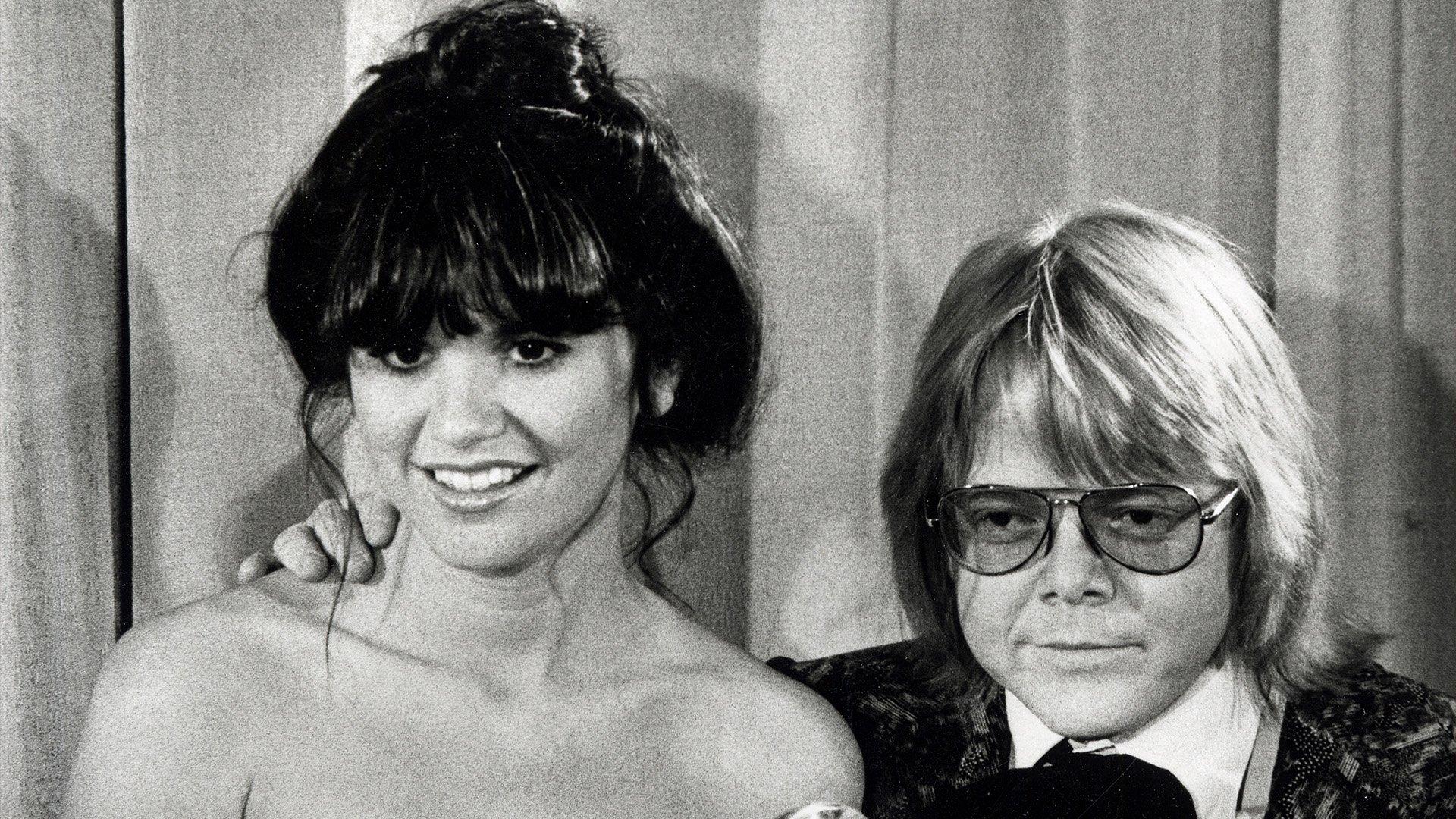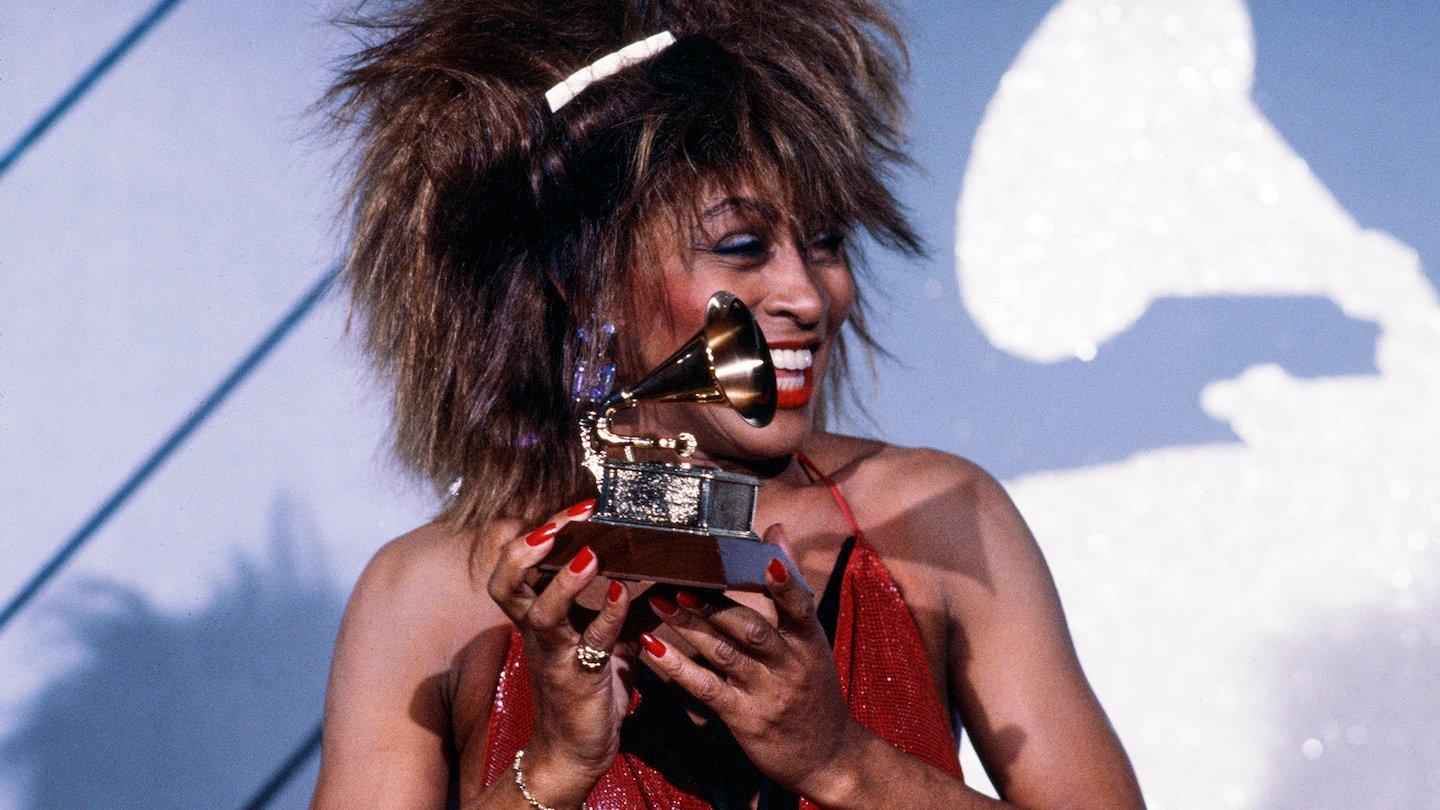The first thing you’ll notice is Miles Davis' blindingly metallic xylophone shirt. (Even when viewing it through your computer screen, consider wearing shades as thick as his.)
Then, his co-presenter, the Latin legend Rubén Blades announces the winner of Best Jazz Vocal Performance, Male: Bobby McFerrin, for "'Round Midnight." Even the impassive Davis cracks a smile at the news.
In the latest episode of GRAMMY Rewind, watch a clean-cut and humble Bobby McFerrin—who, by now, has won 10 GRAMMYs and been nominated for 18—accept the golden gramophone at the 29th GRAMMY Awards in 1987.
After he breaks into a bit of his signature scatting slap-bass, McFerrin delivers an elegant speech about how a GRAMMY is simply the tip of the iceberg of the reward of artistic fulfillment. Check out the speech above and watch more episodes of GRAMMY Rewind here.
GRAMMY Rewind: Esperanza Spalding Elatedly Wins Best New Artist In 2011








